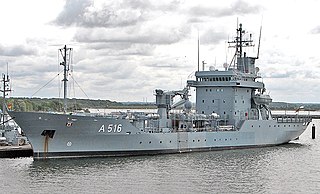USS Fern is a name used more than once by the U.S. Navy:
- USS Fern (1862), a tugboat used during the American Civil War
- USS Fern (1871), a lighthouse tender built in 1871 that became a USN gunboat in 1890.
- USS Fern (1917), a lighthouse tender, was acquired by the Navy and placed in service on 4 September 1917. She was assigned to the 13th Naval District and patrolled Alaskan waters until her return to the Lighthouse Service under Executive Order of 1 July 1919.



